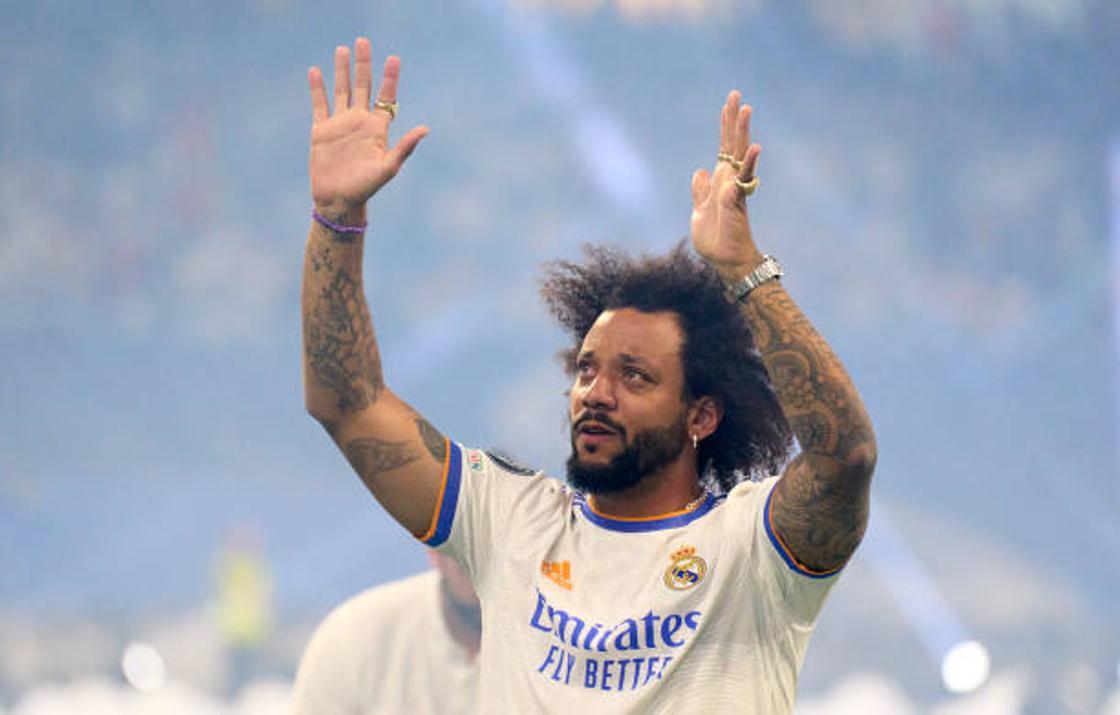The central defensive midfielder (CDM) is arguably the most undervalued position in modern soccer. While often overshadowed by flashy attackers and skillful playmakers, the CDM plays a crucial role in dictating play and providing defensive stability. In this article, we will delve into the evolution of the defensive midfielder, exploring its complexities, common misconceptions, and influence on modern tactical setups.
The Responsibilities of a CDM
A CDM’s primary responsibility is to protect the defense by positioning themselves just in front of the back four. They control the tempo of the game and possess the vision to identify gaps in the opposing defense. In possession-based teams, the CDM acts as an outlet when the team is pressed and initiates attacks by switching the play or splitting the defense’s lines.
Defensively, the CDM is highly active, acting as the final shield before the center backs. They organize the defensive lines and undertake a myriad of tasks, including pressing, tackling, heading, and blocking shots. Their ability to fulfill these defensive duties is crucial, especially when faced with speedy opposition midfielders and forwards.
The Makélélé Effect
A pivotal figure in the evolution of the defensive midfielder is Claude Makélélé. During his time at Real Madrid in the late ’90s and early 2000s, Makélélé redefined the role of the CDM. While surrounded by attacking superstars like Zidane, Figo, and Ronaldo, Makélélé focused on providing defensive cover for his teammates.
His ability to win the ball and make simple passes allowed the more attack-minded players to flourish. His absence, when sold to Chelsea in 2003, highlighted his importance. The legendary Zidane even remarked, “Why put another layer of gold paint on the Bentley when you are losing the entire engine?” Makélélé’s tireless work rate and defensive contributions were irreplaceable, demonstrating the vital role of the CDM even in teams with exceptional attacking talent.
The Rise of the Regista
Xem thêm : The Ultimate Guide to Football Positions: Unveiling the Secrets of the Game
On the other end of the spectrum, we find the regista role, exemplified by players like Andrea Pirlo. Operating in a similar position as the CDM, the regista is a deep-lying playmaker responsible for orchestrating attacks from a deeper position. With exceptional vision and passing range, the regista seeks to exploit gaps in the defense while experiencing less defensive pressure.
Andrea Pirlo epitomized the regista role during his illustrious career at AC Milan and Juventus. Initially an attacking midfielder, Pirlo’s physical limitations prompted a positional change. Playing in a deeper role allowed him to utilize his vision to break lines and find teammates in dangerous positions. To complement Pirlo’s skill set, defensive-minded players like Gennaro Gattuso provided the necessary defensive stability.
The Modern-Day CDM
In modern soccer, we often witness a combination of the Makelele and regista roles. The prevalence of the 4-3-3 formation allows teams to integrate different midfield profiles effectively. For example, Chelsea’s victorious 2021 Champions League campaign showcased a midfield trio comprising Mason Mount as the attacking midfielder, N’Golo Kanté as the energetic defensive presence, and Jorginho as the deep-lying creator.
Furthermore, teams like Real Madrid, under the management of Zinedine Zidane, recognized the importance of a strong defensive midfielder. Casemiro served as the bedrock of their defense, allowing creative players like Modric and Kroos to thrive. This balanced approach demonstrated a blend of defensive tenacity and technical excellence.
The Convergence of Roles
The roles of the CDM and the regista are slowly converging. The modern-day CDM is expected to possess both technical elegance and defensive prowess. Players like Joshua Kimmich at Bayern Munich exemplify this hybrid role, excelling in passing accuracy, defensive contributions, and stamina. The next decade promises to be intriguing as we eagerly await the emergence of the next benchmark for the central defensive midfielder.
FAQs
Here are some frequently asked questions about the evolution of the defensive midfielder:
-
Xem thêm : The Art of Goalkeeping in Soccer
What is the role of a defensive midfielder?
- The defensive midfielder is responsible for protecting the defense, dictating play, and facilitating attacks.
-
Who are some notable defensive midfielders in history?
- Claude Makélélé, Andrea Pirlo, Gennaro Gattuso, and N’Golo Kanté are among the notable defensive midfielders.
-
How has the role of the defensive midfielder evolved?
- The role has evolved to incorporate both defensive duties and playmaking responsibilities.
-
What is the significance of a balanced midfield trio?
- A balanced midfield trio allows for a combination of defensive stability, creative playmaking, and attacking prowess.
Conclusion
The role of the defensive midfielder has come a long way, evolving into a hybrid position that demands both defensive resilience and technical excellence. The convergence of the Makelele and regista roles has created a new breed of midfielders who excel in various aspects of the game. As we look to the future, it will be fascinating to see which player sets the next benchmark for the central defensive midfielder.
For more in-depth football analysis, visit Pesstatsdatabase, the go-to source for football enthusiasts.
Nguồn: https://www.pesstatsdatabase.com
Danh mục: Sport






